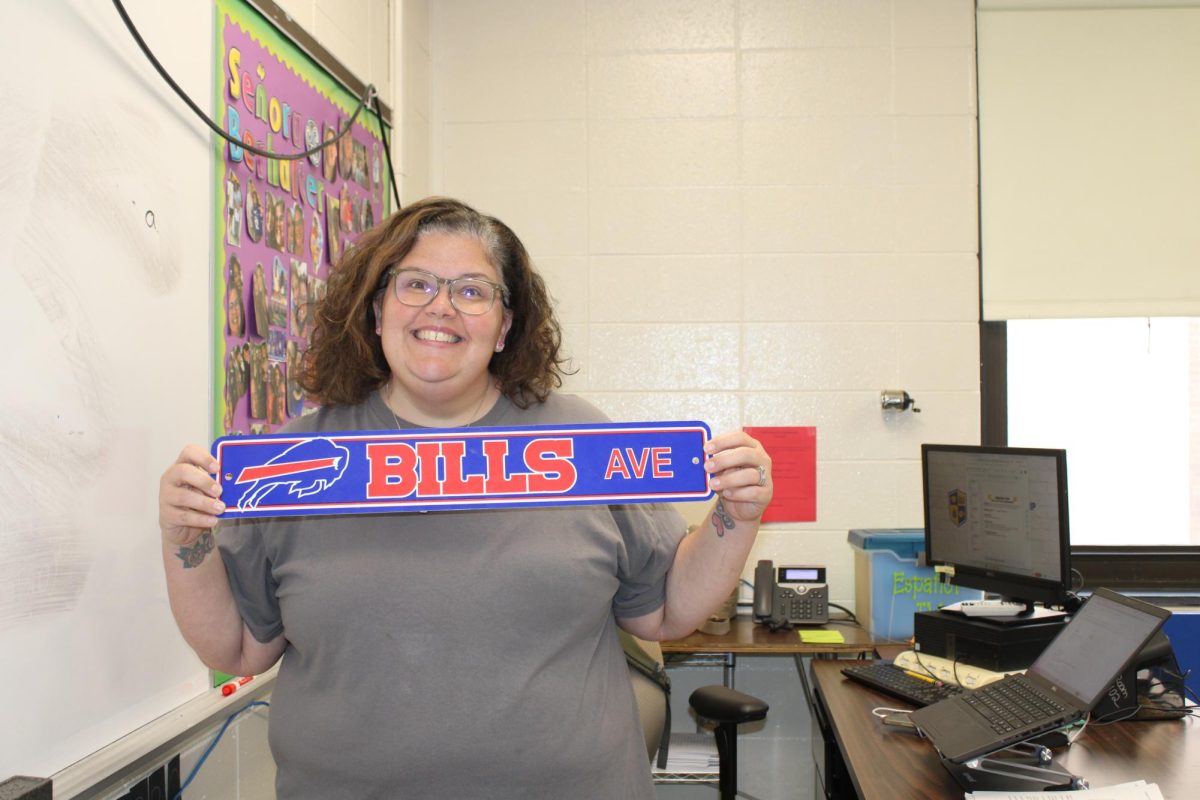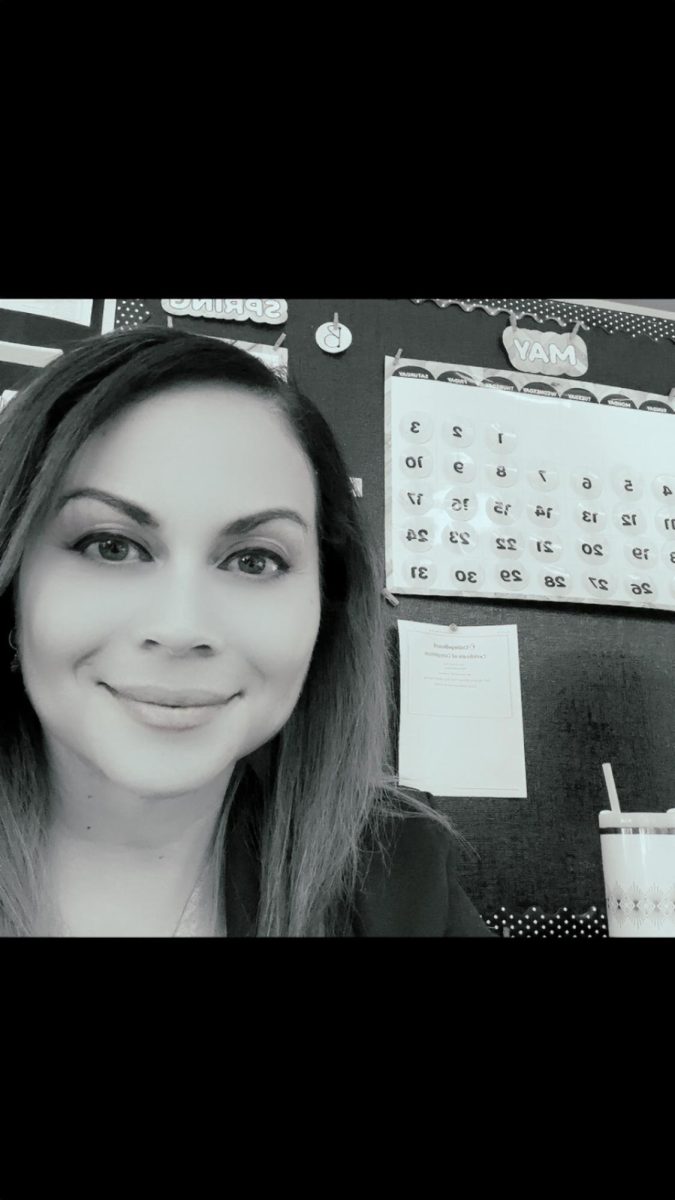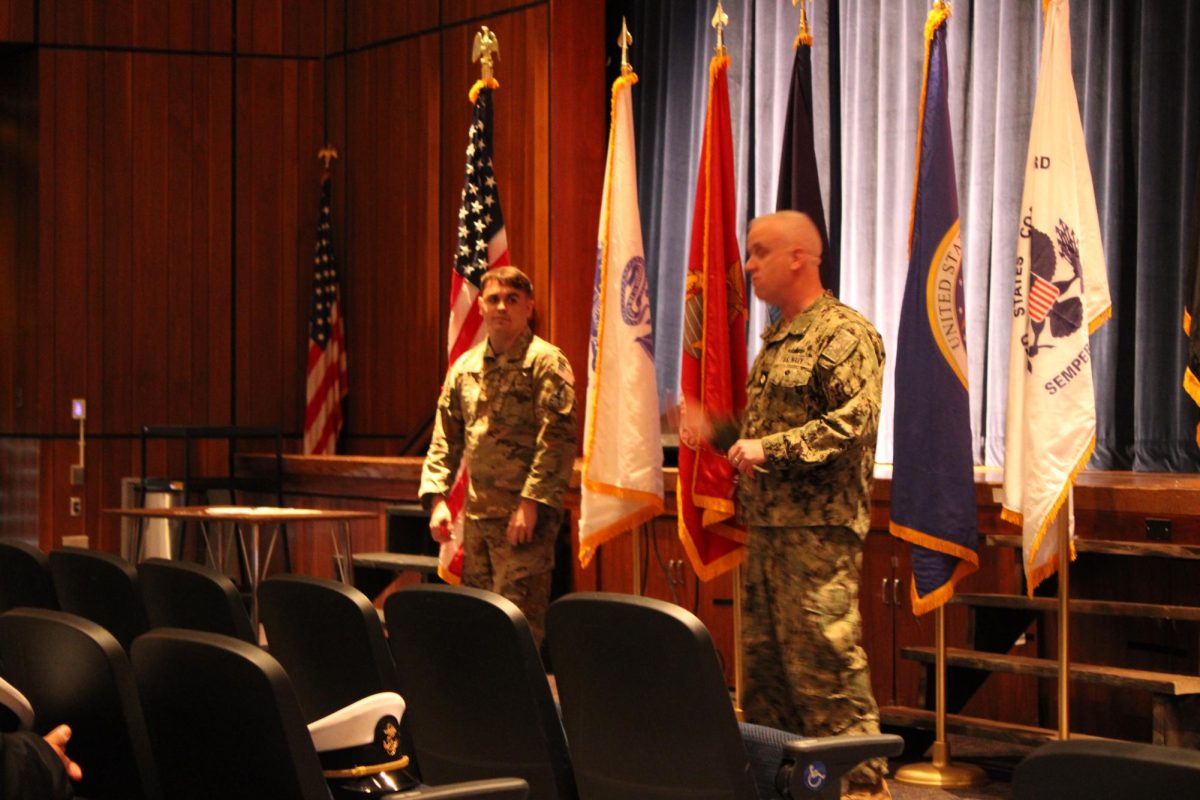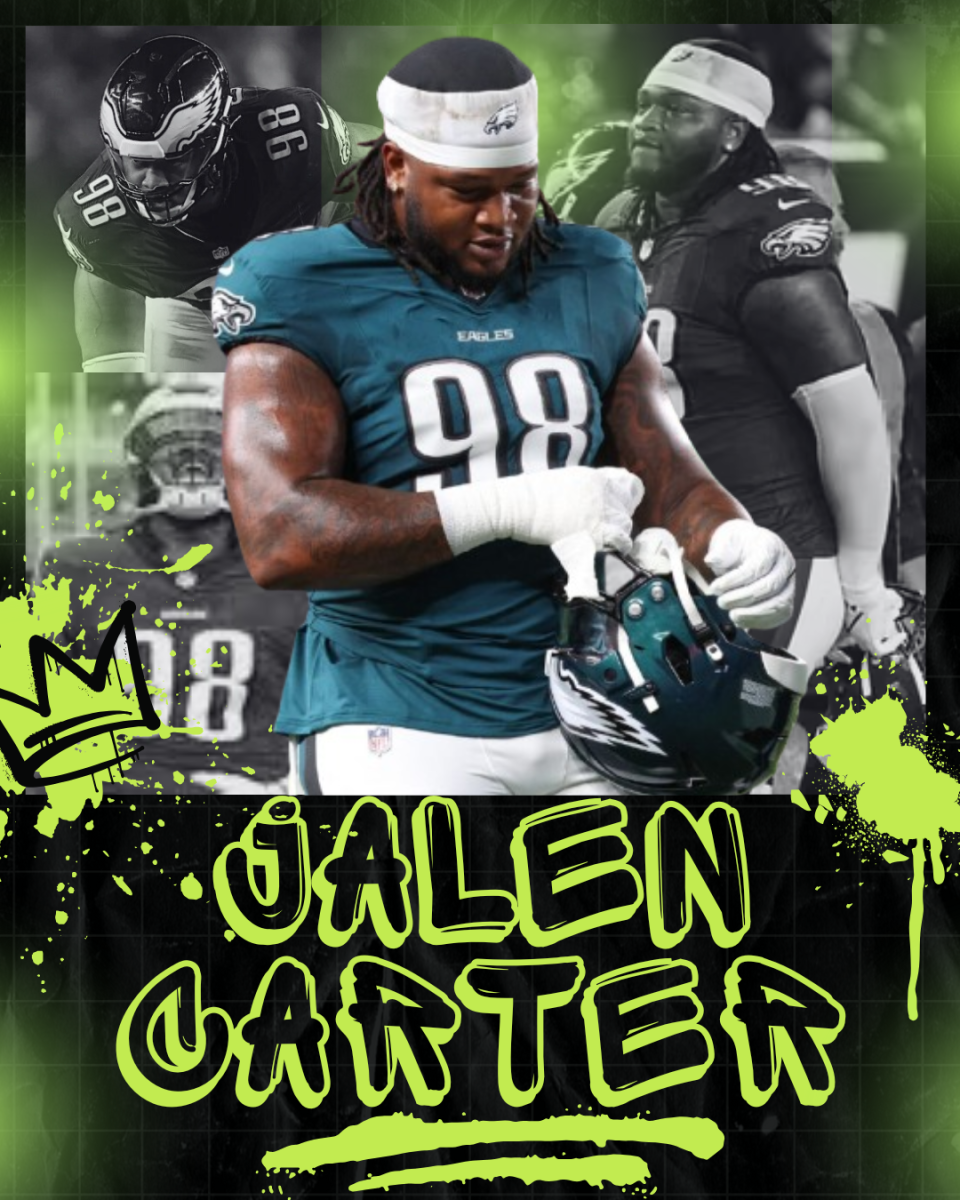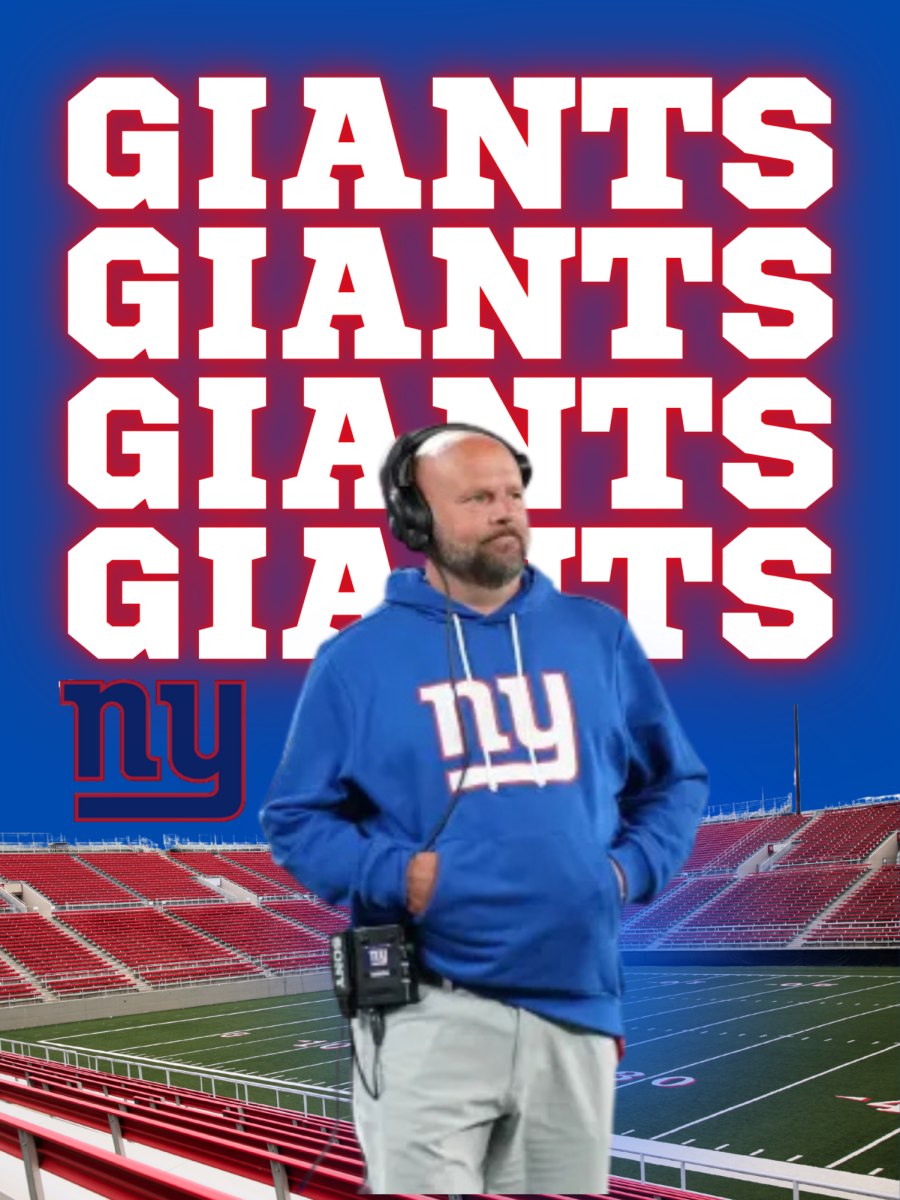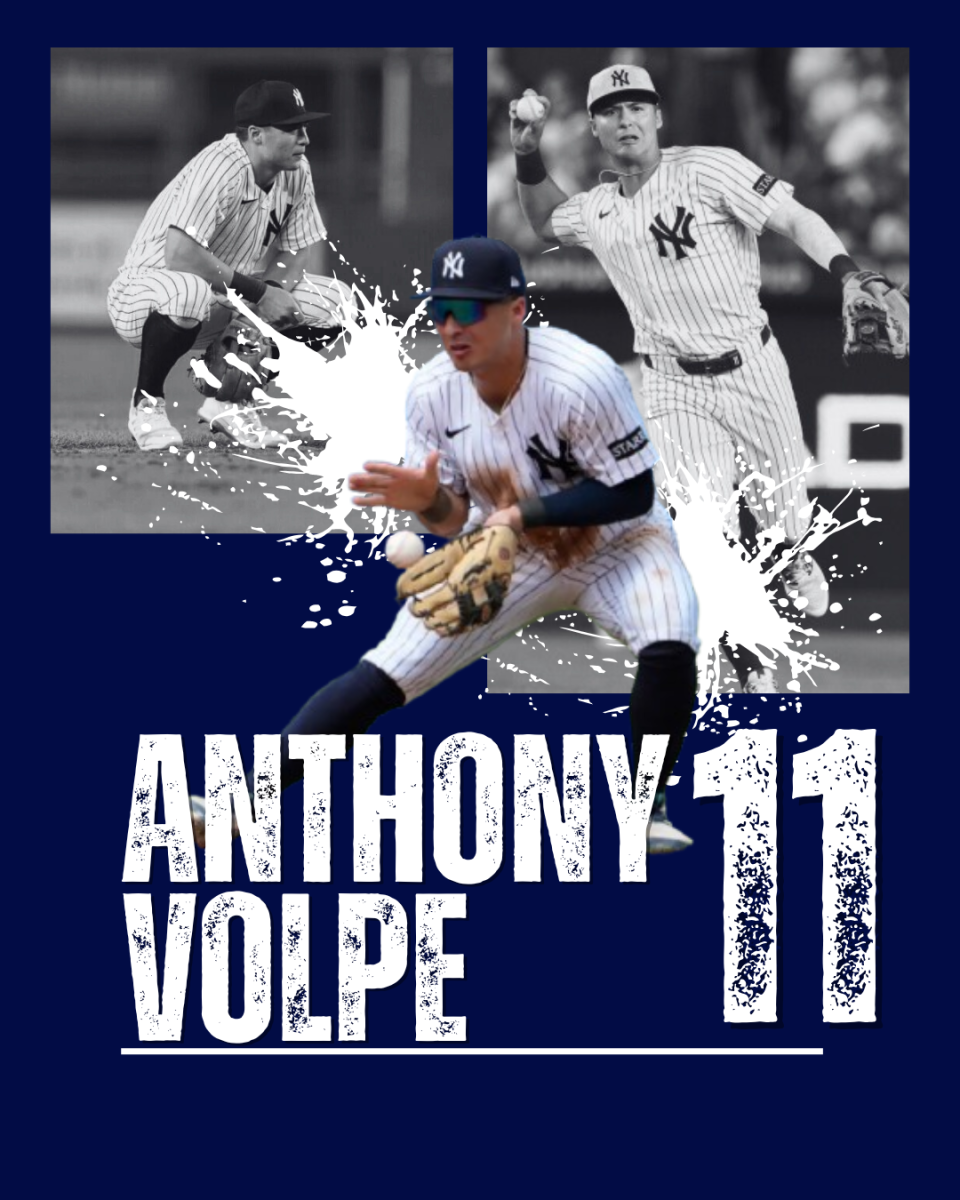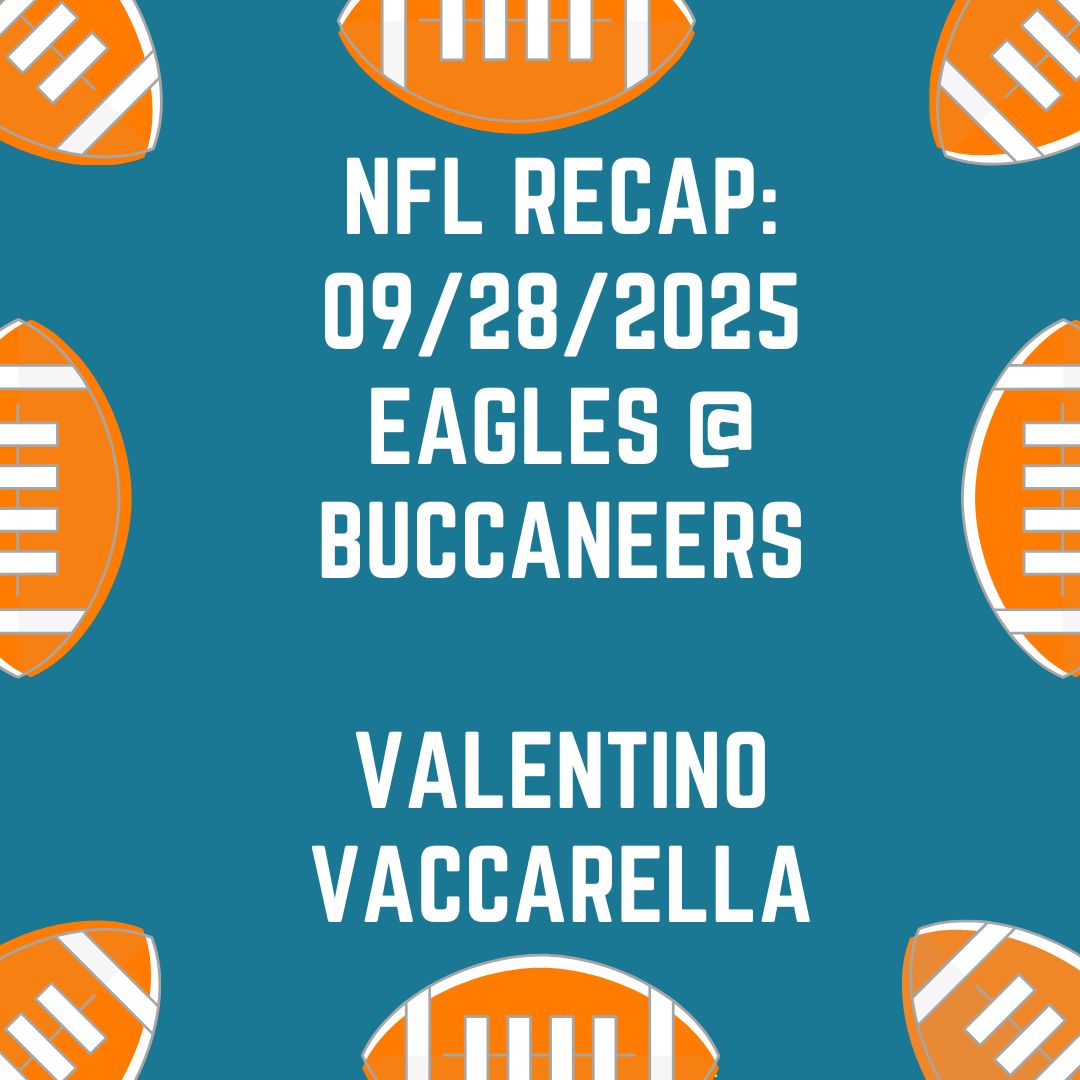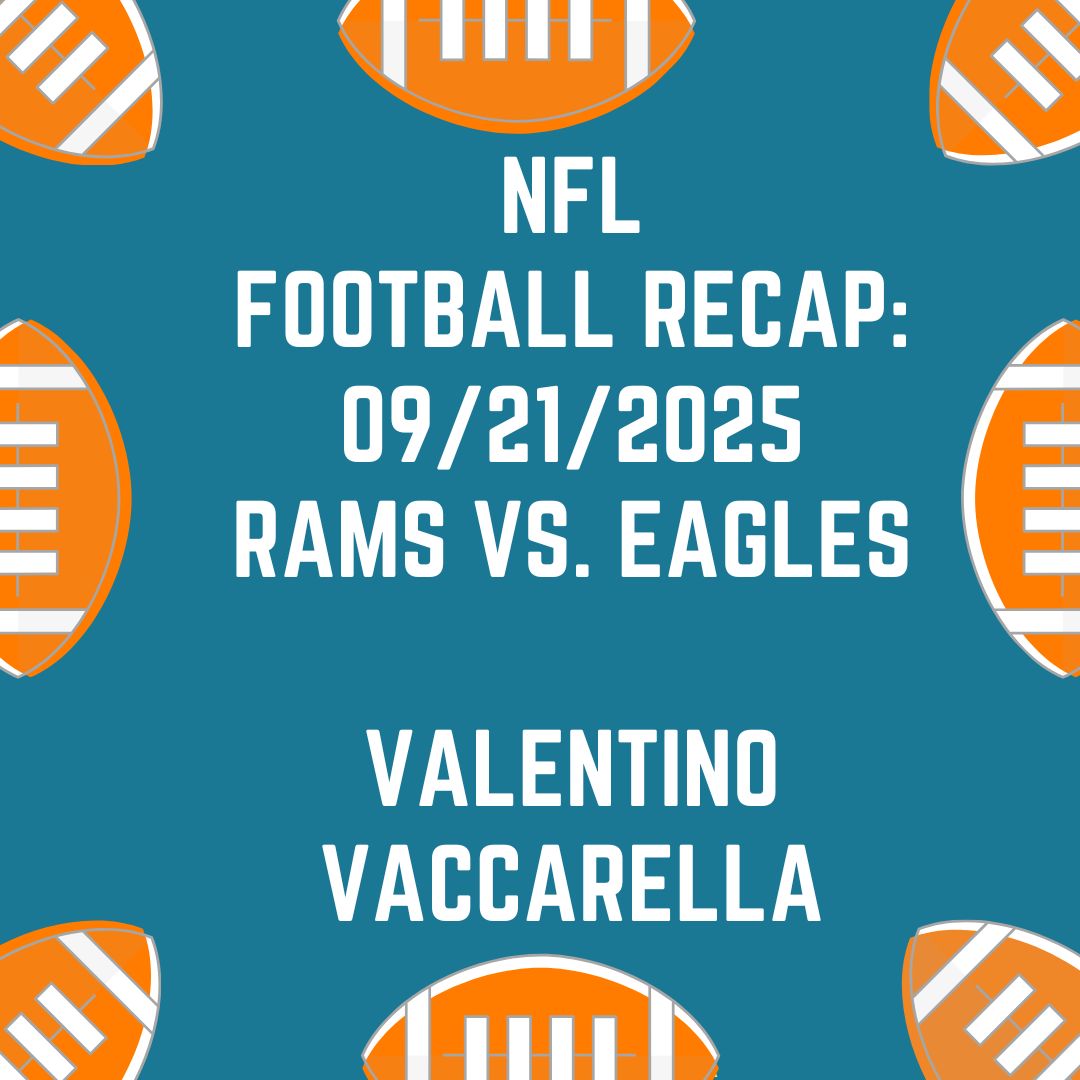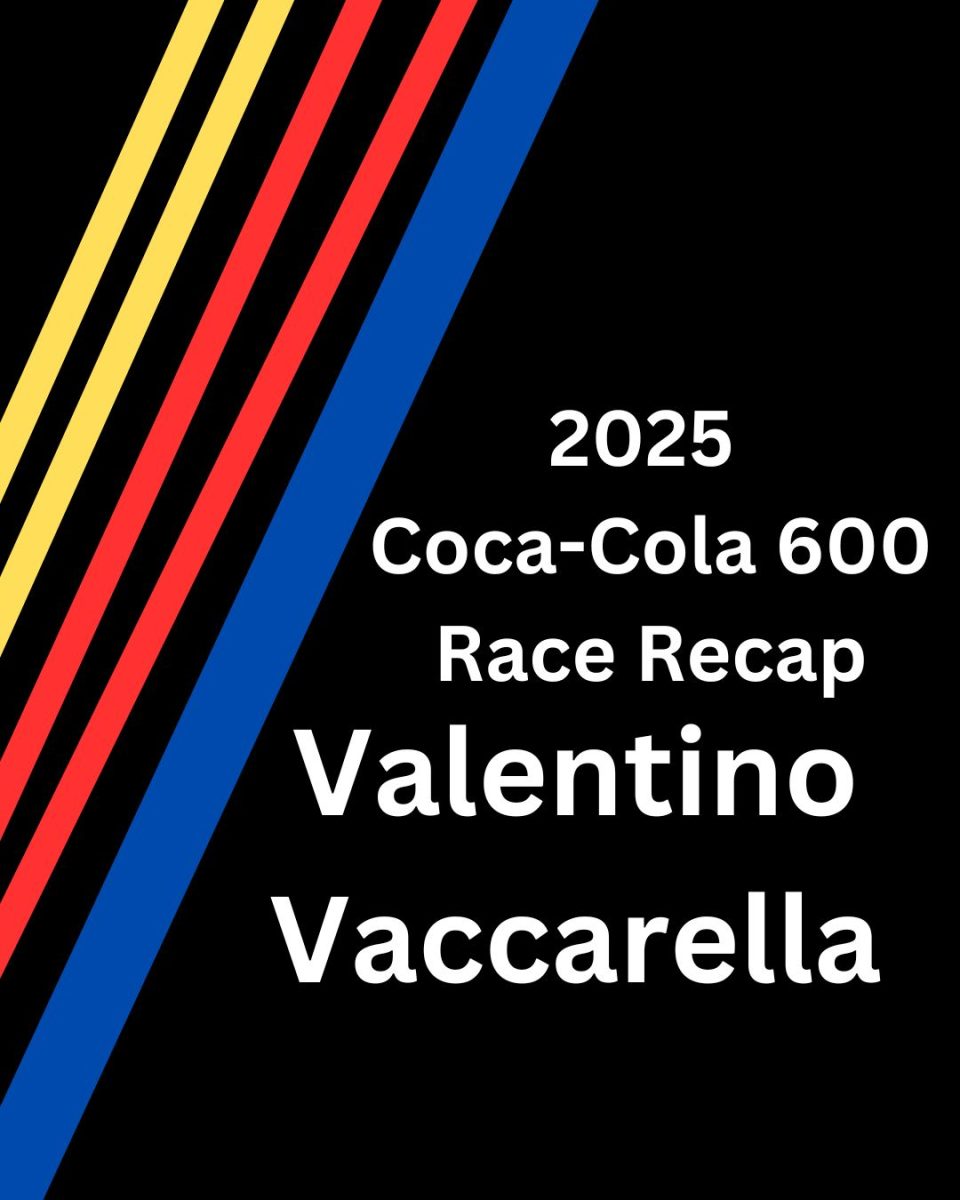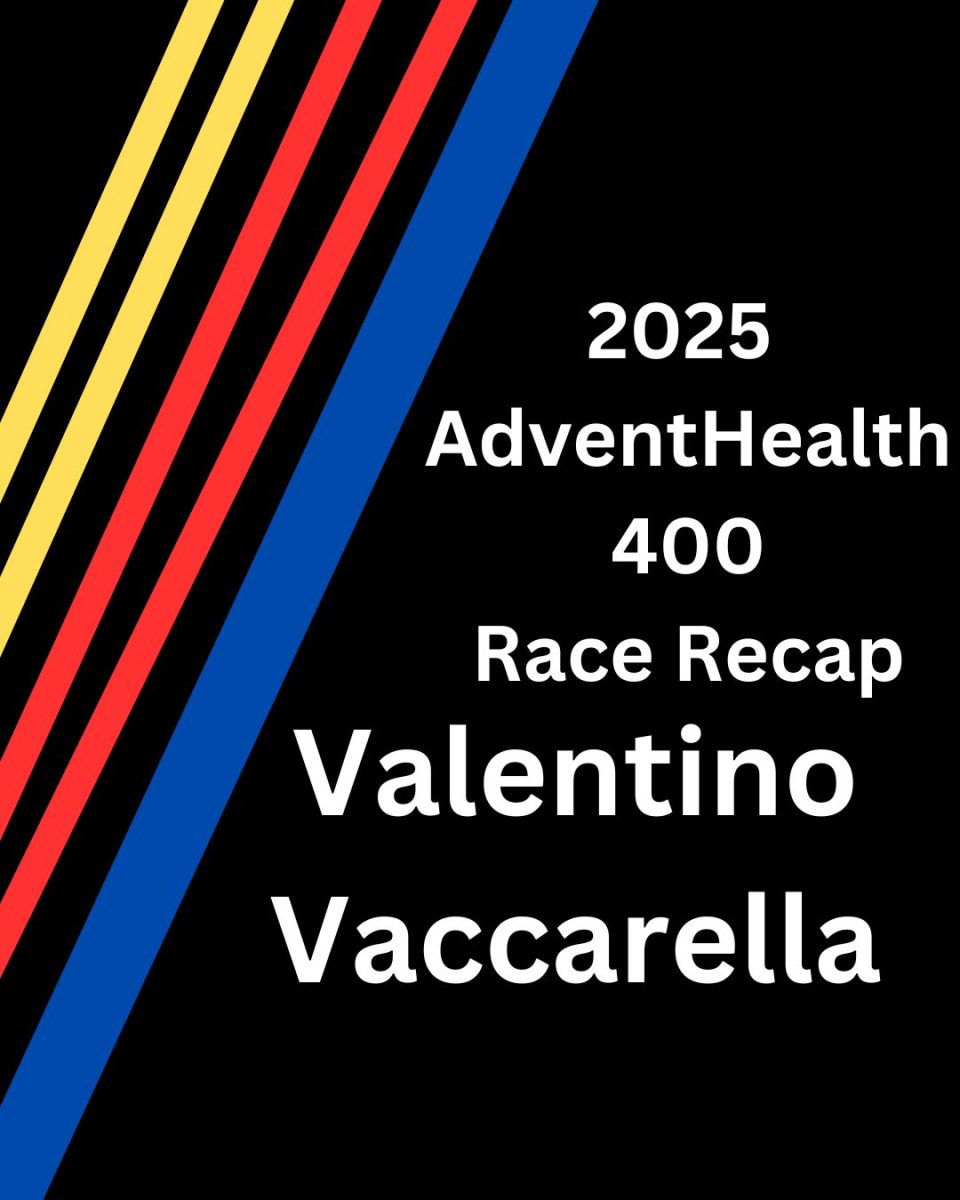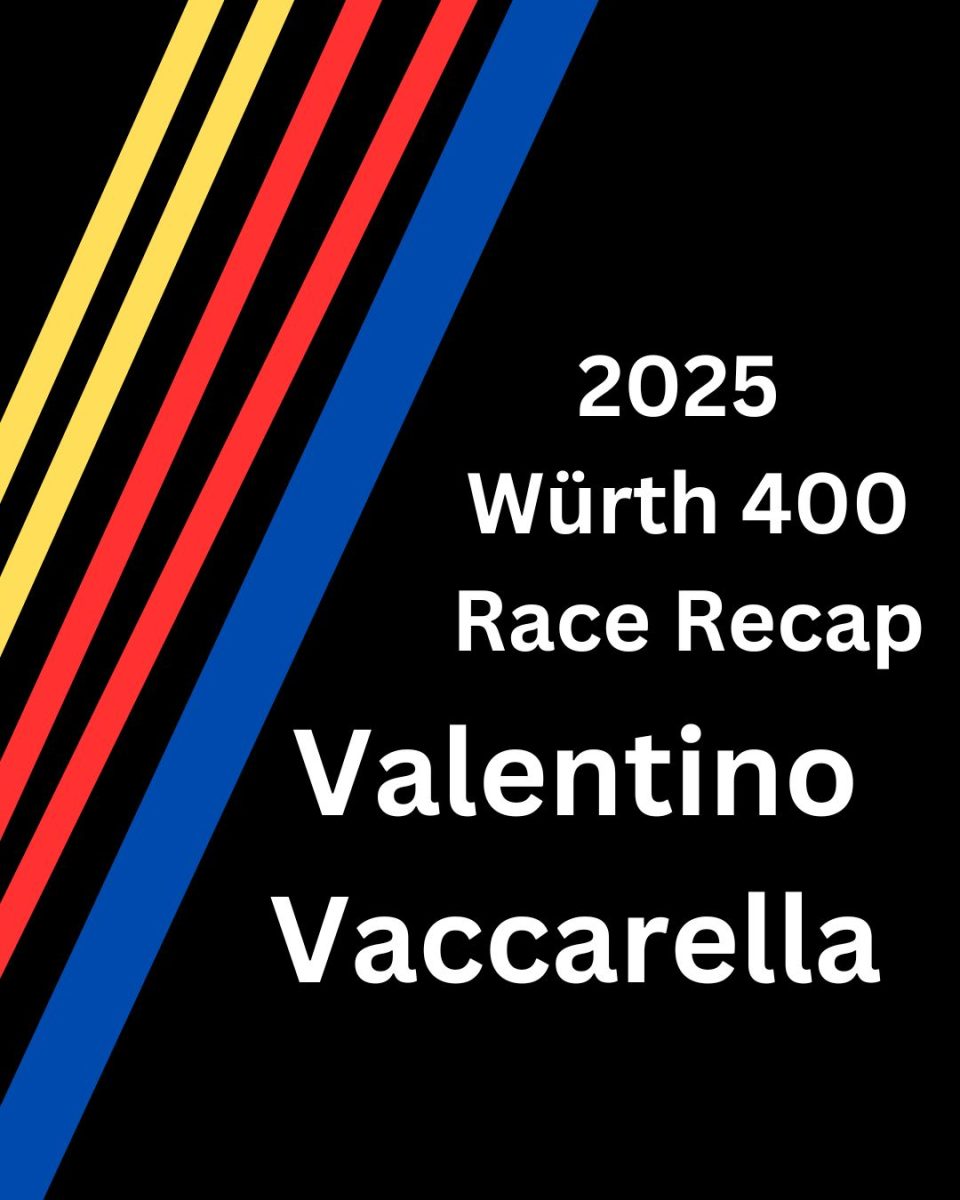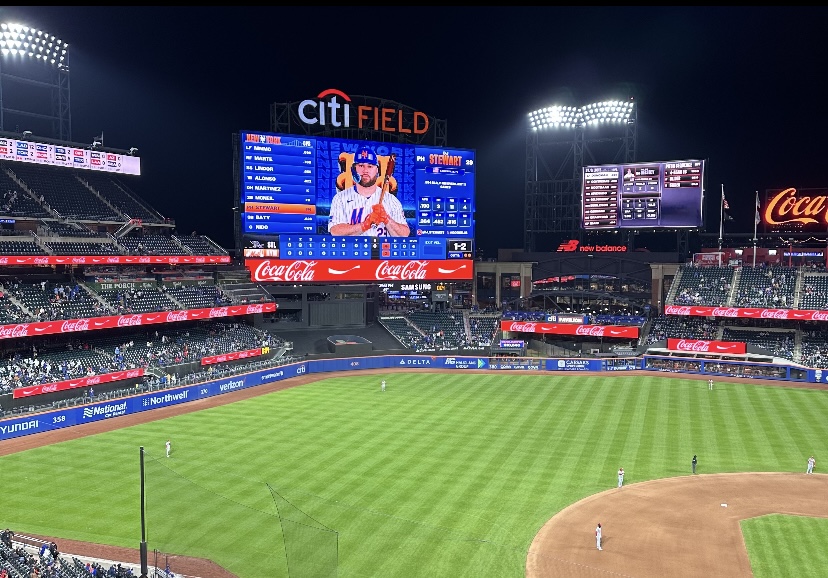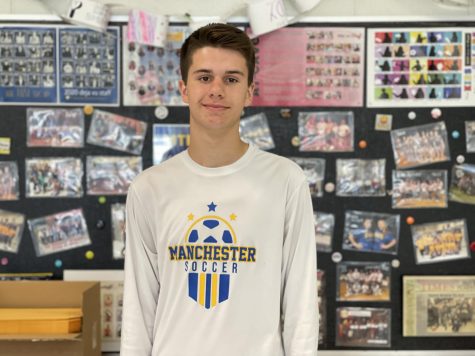The 2024 season was a pleasant surprise for Mets fans who were seemingly anticipating this year to be a rebuild, although it was anything but that. The New York Mets left their fanbase with a year that was full of countless thrills and challenges, embodying the unpredictability that has long defined this Mets franchise. The Amazin’s battled through many highs and lows this season but were resilient and gave Mets fans a season to remember for many years to come.
David Sterns: In his first season as the President of Baseball Operations for the Mets, David Sterns lived up to the public hype and was very successful. In the past couple seasons, the Mets were notoriously known for always being in the market for big name pitchers and hitters. With Sterns at the helm, the Mets were able to add value to the roster without overspending. Sterns added plenty of key components to the team that included Sean Manaea, Luis Severino, Tyrone Taylor, Jose Iglesias, and Jesse Winker just to name a few.
Grade: A
Carlos Mendoza: Also in his first year with the New York Mets organization, Carlos Mendoza did a far better job than many envisioned he would. Taking what many people believed was a “mediocre” roster to the NLCS and 2 wins away from a trip to the World Series, was far exceeding of the expectations he was given at the beginning of the season. Mendoza had a fantastic feel for his players and was often successful on tough decisions that aroused. For instance, Mendoza’s decision to move Francisco Lindor to the leadoff spot seemingly changed the dynamic of the season, as both Lindor and the team’s offensive production skyrocketed. Although Mendoza did a fantastic job for the most part, he, as every manager, had his flaws. He kept JD Martinez in the lineup for too long and his indecisiveness within the bullpen became apparent. All things considered, Carlos Mendoza established himself as the future Mets manager for many years to come.
Grade: A
Francisco Lindor: The star-studded shortstop had another career year, amassing 33 home runs with 91 RBIs and a .500 slugging percentage. But what was most impressive about Lindor’s season was his ability to step up in big moments. Backed by his 7.0 WAR, Lindor proved himself as one of the clutchest players in the league this season. Lindor is sure to receive some MVP votes for his spectacular performance on both sides of the ball this season.
Grade: A+
Pete Alonso: It looked like Alonso was going to end his Mets tenure on a sour note, until he hit one of the most memorable home runs in Mets franchise history against Brewers pitcher Devin Williams. That singular swing seemed to take Alonso out of his season prolonged slump, as he had a .998 ops and mashed 5 home runs in the postseason.
Grade: B+
Mark Vientos: The rise of Mark Vientos quickly became one of the most stunning stories of the season. After he had initially struggled in his first couple stints in the majors, he worked on his game and became one of the most prolific hitters in the league. All of Vietnos’ regular season success directly translated to the postseason, as he hit 5 more home runs and recorded a Mets postseason record 14 RBIs.
Grade: A+
Brandon Nimmo: It was an odd season for Brandon, who had an excellent first half on both sides of the ball. However, the second half was not kind to Nimmo, as he hit .190 with a sub .600 OPS. Despite the ups and downs, Nimmo was a vital part of the Mets core and recorded multiple huge hits in October.
Grade: B-
Jose Iglesias: Whether it was on or off the field, Jose Iglesias’ presence within the Mets organization was perhaps the biggest reason for their unlikely turnaround. He brought vibes to the team clubhouse with his “OMG” song and played incredibly on offense and with the glove. Iglesias hit for an exceptional .337 average, with a .830 OPS, and most impressively hit .375 with runners in scoring position.
Grade: A+
Francisco Alvarez: It was ultimately a very underwhelming season from the Mets’ young catcher. He picked up a thumb injury early in the season that had sidelined him for a few weeks but came back with fire and had a few very good weeks after his return. However, Alvarez was not able to keep this going as he slumped badly in the second half, hitting .187 with a .594 OPS.
Grade: C
Jeff McNeil: After a disastrous start to his season, Jeff’s second half was excellent, batting .289 with a .923 OPS. Unfortunately for McNeil, his regular season was cut short after breaking his wrist in September. However, McNeil was actually able to make his return in the NLCS but was ultimately a non-factor.
Grade: C-
Tyrone Taylor: Although his numbers did not light the world on fire, Taylor had a very solid season, recording many clutch hits and playing outstanding defense. He didn’t hit extremely well, but his defense ranked in the top percentile in part with his speed along the basepaths.
Grade: B
Starling Marte: 2024 was yet another season for Marte that was plagued by injuries, as he was only to play 94 games. Marte put up pretty underwhelming numbers during the regular season, hitting for a .269 average with a .715 OPS. Marte did play very well in the postseason, hitting .333 in the NLCS with an OPS of .839.
Grade: B-
Jesse Winker: Winker proved to be one of many good value pickups for the Mets at the trade deadline. He was one of the most clutch hitters in the lineup and provided substantial energy to the Mets clubhouse. Winker also was highly effective in the playoffs, as he recorded a .318 batting average with a 1.168 OPS.
Grade: B+
JD Martinez: Martinez was one of the top hitters in the Mets lineup in the first half of the season, slashing for a .806 OPS in the first half and providing many clutch hits along the way. Despite the early season success, Martinez struggled mightily in the second half, batting .109 in the month of September and being a non-factor in the postseason.
Grade: C
Harrison Bader: Bader signed with the Mets in the offseason from the Yankees on a one-year $10 million deal as a solid depth move in the outfield. Harrison had a very positive start to his 2024 season, as he had multiple clutch hits and an excellent glove. But Bader’s bat virtually disappeared in the second half, batting .167 with a .513 OPS. Although his bat started to decline, the defense he provided was essential to the Mets’ success this season.
Grade: C
Sean Manaea: Manaea, another bargain deal made by David Sterns, was consistently excellent over the course of his 26 regular season starts. Manaea was good in the first half, but he was great in the second half. Manaea admitted to changing his arm angle when he pitched and said he modeled it after Braves pitcher Chris Sale. Manaea’s fastball became virtually unhittable, holding opposing batters to a .185 batting average after the all star break. Manaea was a bit up and down in the postseason but overall had an impressive 2024.
Grade: A
Luis Severino: The Mets knew they took a gamble when they signed Severino to a 1-year $13million deal in the offseason, but it ultimately paid off. Coming off a very poor 2023 season that was riddled by injuries, Severino was able to remain healthy the entire season and pitched to a 3.91 ERA.
Grade: B
David Peterson: Peterson was one of the biggest surprises in the Mets season, as he quickly stepped into the ace role for New York. After recovering from an offseason surgery, David established himself as an elite starter, posting a 2.91 over the course of the season. Peterson further proved himself as the catalyst of the Mets pitching staff, as he was able to come in the game in relief in some huge spots, including the memorable Game 3 against Milwaukee.
Grade: A
Jose Quintana: Quintana struggled in the first half of the season, posing a 5.29 ERA up until June. However, like many Mets arms, was able to turn it around in the month of September, allowing only three runs total over his last six outings of the regular season. He carried this late season success into the postseason until ultimately struggling in his start against the Dodgers in the NLCS.
Grade: B-
Tylor Megill: When called upon from the minors, Tylor was very good for the most part, as he pitched to a 2.32 ERA after his September recall. In this period, he was able to lower his season ERA from 5.17 to 4.04.
Grade: C+
Edwin Diaz: It was a very up and down season for Edwin, as at times he pitched like the elite closer he is capable of being, but other times struggled with his command, surrendering a high amount of walks and home runs. Although Edwin finished his season with a substandard 3.52 ERA, he proved to be very effective in the postseason, as he allowed no runs in five out of six of his outings.
Grade: C+
Reed Garrett: It was a very strange season for Garrett, as he looked like the best reliever in the league for the first few weeks of the season. However, Garrett hit a really rough patch in the middle portion of the season and was then sidelined with injury. When he came back, he was very up and down and struggled with consistency.
Grade: C+
Jose Butto: Butto was another unsung hero of the Mets season. Whether he was starting, relieving, or closing, Butto proved to be effective in each role he was put in. After Butto was permanently put in the bullpen, he became one of Mendoza’s primary relievers, pitching to a 2.00 ERA. Unfortunately, Butto’s arm seemed to fade in the postseason and proved to be ineffective.
Grade: B+
Phil Maton: The Mets picked up Maton at the deadline from the Rays and he proved to be a bargain move, becoming a key piece in the bullpen. However, as the season went on, Maton’s command seemed to fade and was ineffective in the postseason.
Grade: B-
Dedniel Nunez: Nunez was just a guy who was brought up to fill in for an injured arm, but he became better than anyone had envisioned and a key piece for the Mets in the regular season. Dedniel’s season was ultimately cut short due to injury and the Mets pitching staff would have significantly benefited from having his arm available in the postseason.
Grade: A
Ryne Stanek: The Mets picked up Stanek at the trade deadline from the Mariners in what ended up being an amazing value pickup for New York. Stanek had mightily struggled with his command in his first couple of appearances with the Mets but made some adjustments to his game and became a primary setup man by the end of the season.
Grade: B










